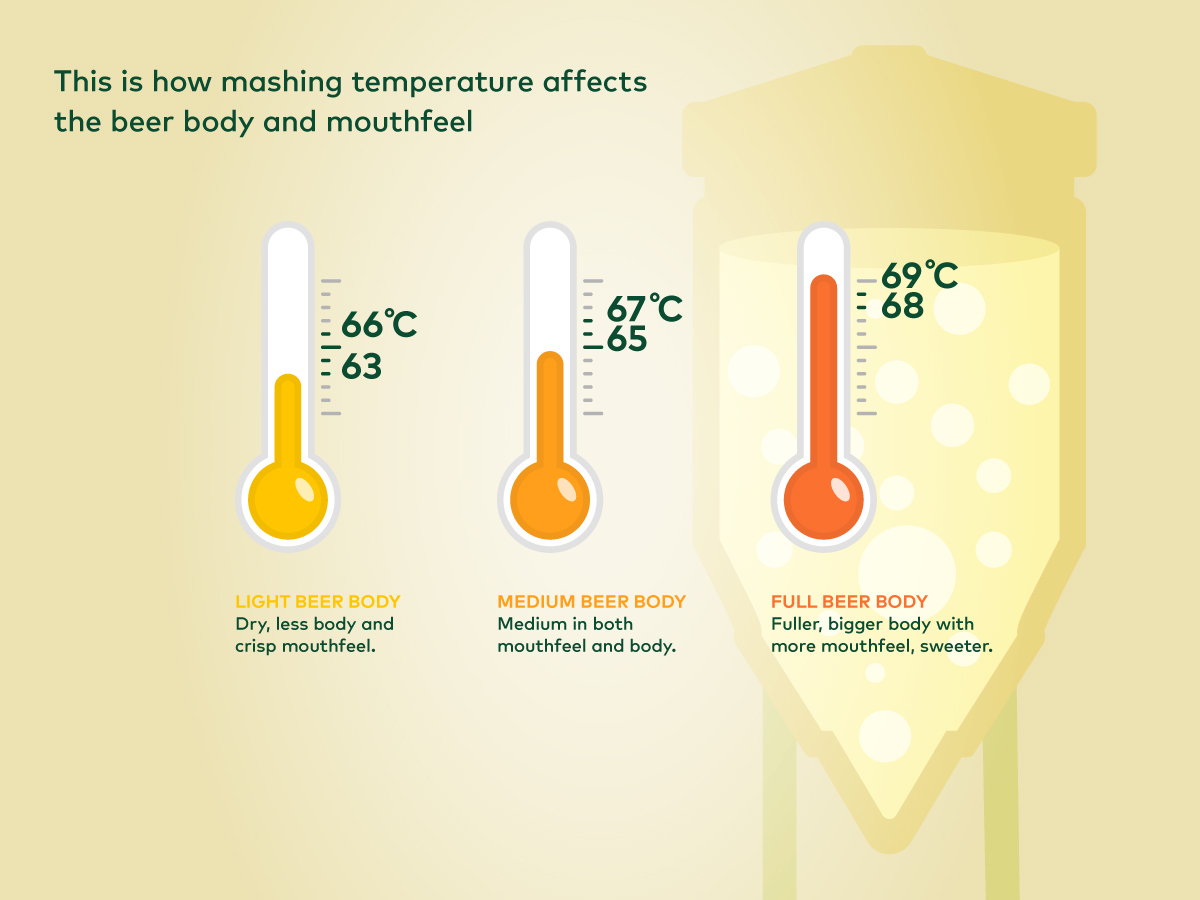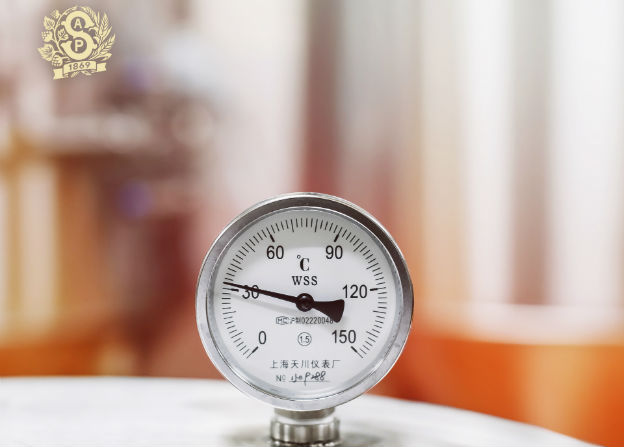Controlling temperature is key to making good beer. During early history, brewers had no way of heat management but through trial and error. Some records from the early brewing days suggest that various methods were used, from simple tactile to semi-scientific ones. This was most notable prior to mashing, where heat control is very important because it affects the beer body and alcohol level. The temperature was, according to some accounts, determined by touching the brewing water until the brewer’s thumb or elbow could bear contact with. Other records indicate a bit more scientific approach, with certain amounts of hot and cold water being mixed together prior to adding malt.
In 1593 Galileo Galilei invented a very basic thermometer which allowed water temperature measurement. Several other inventors also experimented with various concepts of measuring temperature. Daniel Gabriel Fahrenheit invented the first modern mercury thermometer in 1714. The Celsius scale, now widely used in most of the world, was invented in 1742. At first the thermometers were being used in experimental philosophy and medicine and were slowly finding their way into brewing with first reports of use dating to the mid 18th century.

Today we are well aware how temperature plays a vital role on the final outcome of the beer. When mashing, lower temperatures will produce a thinner body and crisp mouthfeel while higher temperature will help brew a beer with more body. All depends on the recipe and what the brewer is trying to create. Notice in the above infographic how the temperature range is only a few degrees Celsius apart, which shows the level of precision required during the process. When cooling the wort, temperature is important once again. If the wort is too hot, it will kill the yeast or if it is too low, the yeast will not be able to perform. As a rule of (brewer’s) thumb lager yeast enjoys a bit colder environment (7-13 °C) while ale yeast performs best in the warmer (18-22°C) range.
Each brewer has a certain idea about what kind of beer he wants to brew. In order to execute his idea, temperature management is crucial. Thanks to a long history of trial and error, scientific research, technical progress and experience today we know more than ever about heat management, which helps us brew good beer year-round.


